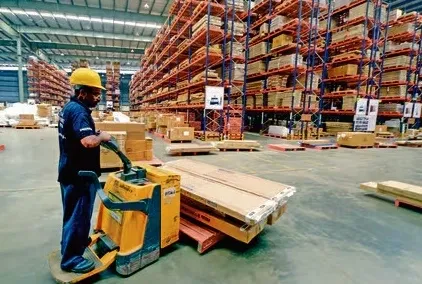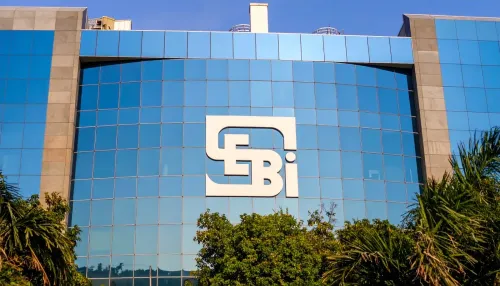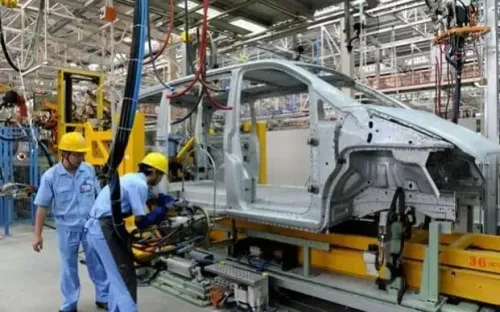Is India's Green Warehouse Space Set to Quadruple by 2030?

Synopsis
Key Takeaways
- Green warehouse space in India is set to quadruple by 2030.
- Institutional-grade warehousing is rapidly increasing.
- A majority of new warehouse space is green certified.
- Corporates are driving demand for sustainable logistics solutions.
- Retrofitting existing warehouses offers significant potential.
Mumbai, July 16 (NationPress) The green warehousing sector in India is set for remarkable expansion, with certified sustainable warehouse space anticipated to increase fourfold from current figures to around 270 million sq. ft by 2030, as per a recent report by global real estate services firm JLL released on Wednesday.
Since 2019, Grade A warehousing stock in India's major cities has witnessed significant growth, expanding 2.5 times from 88 million sq. ft to an impressive 238 million sq. ft by 2024. This surge is indicative of the rising demand for premium storage and distribution facilities as the country's economy evolves, coupled with the swift expansion of e-commerce, the report highlights.
Even more noteworthy is the rise of institutional-grade warehousing space, which has surged from 28 million sq. ft in 2019 to 90 million sq. ft by the end of 2024. This growth signifies the increasing confidence among major global investors who are introducing international sustainability standards into the Indian market, according to the report.
"Out of the 90 million sq. ft of institutional Grade A supply, about 72 percent or 65 million sq. ft is green certified or at various stages of green certification currently. Encouragingly, this 65 million sq. ft is expected to quadruple by 2030, as institutional players emphasize sustainability through LEED, IGBC, and other certifications. This green revolution not only benefits the environment; it marks a pivotal shift towards future-proofed assets, featuring improved operational efficiency, reduced energy costs, and increased marketability," the report noted.
"The transformation of India's green warehousing sector is propelled not only by institutional investor-backed developers but also by corporate occupiers or tenants. The Net Zero Goals of numerous corporates are driving them to select warehouses that are Green Certified. JLL analysis indicates that occupiers are targeting 30 – 40 percent savings in energy consumption (over a project lifecycle) and water savings, along with waste recycling and the use of green materials," remarked Yogesh Shevade, Head – industrial & logistics, India, JLL.
With a clear supply pipeline of about 260 million sq. ft of institutional supply by 2030 (representing 70 percent of all Grade A forecasted supply), and institutional players accounting for roughly 80 percent of compliant green warehouse supply, India's green warehousing sector is on the brink of transformative growth.
The research also highlights considerable potential in retrofitting existing non-green compliant Grade A stock and exploring funding avenues for green warehouses to future-proof these assets, the report added.









